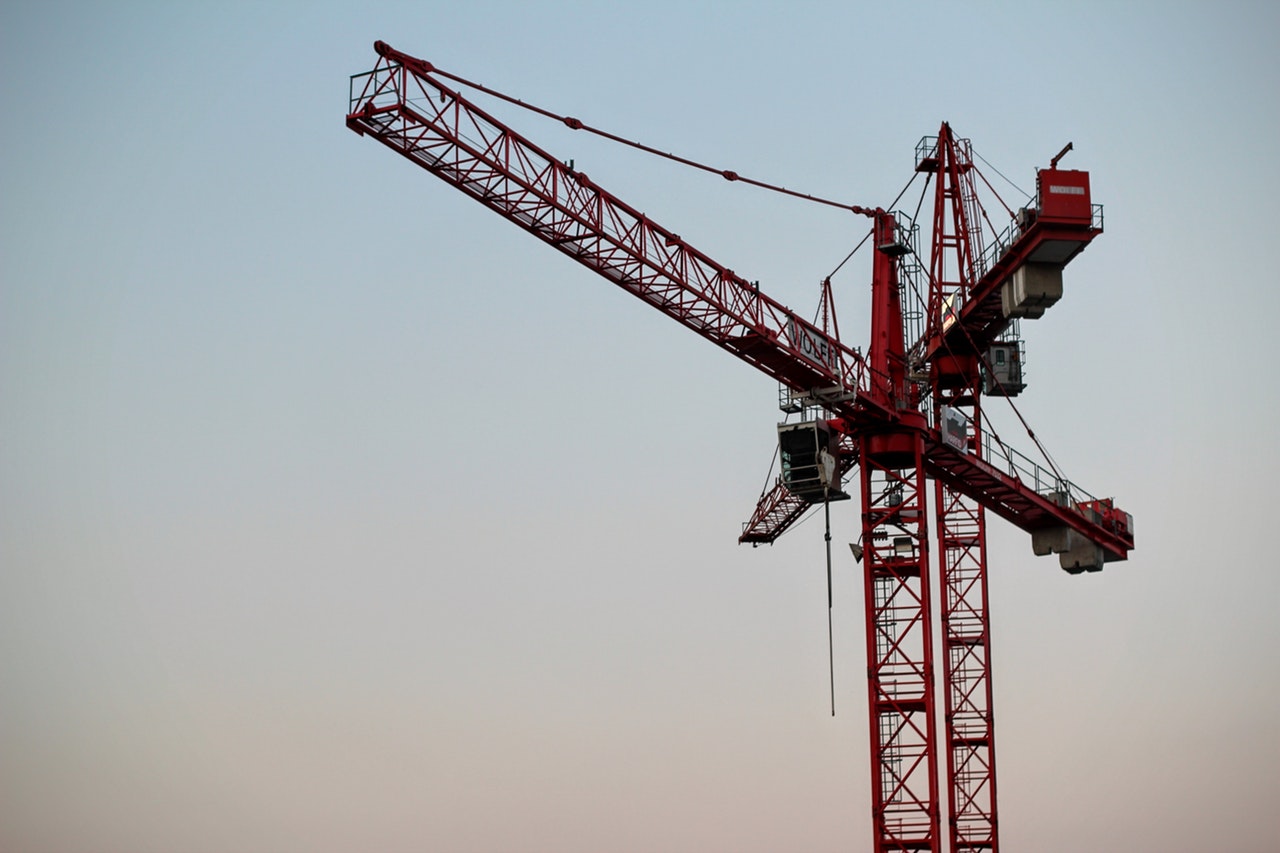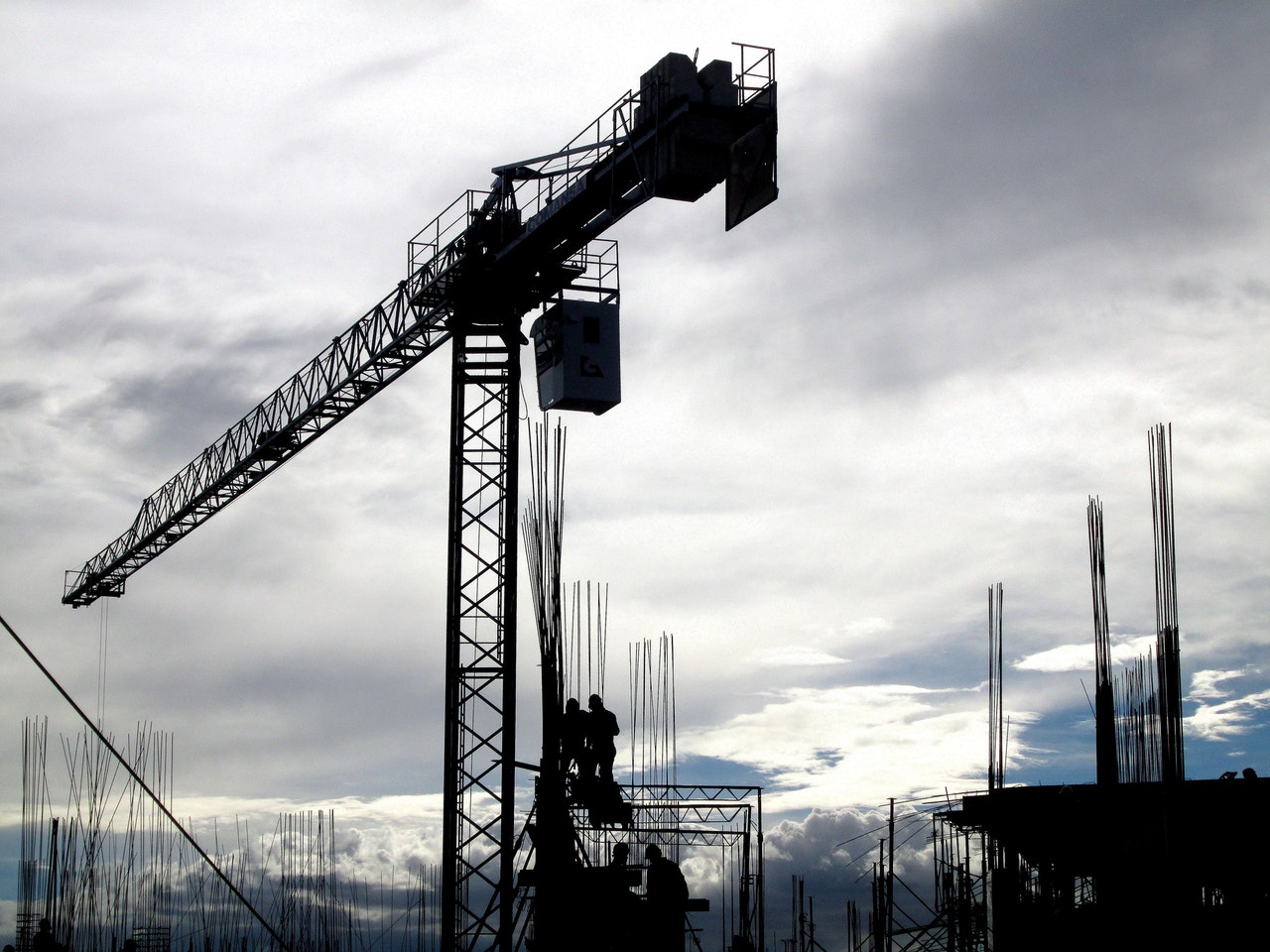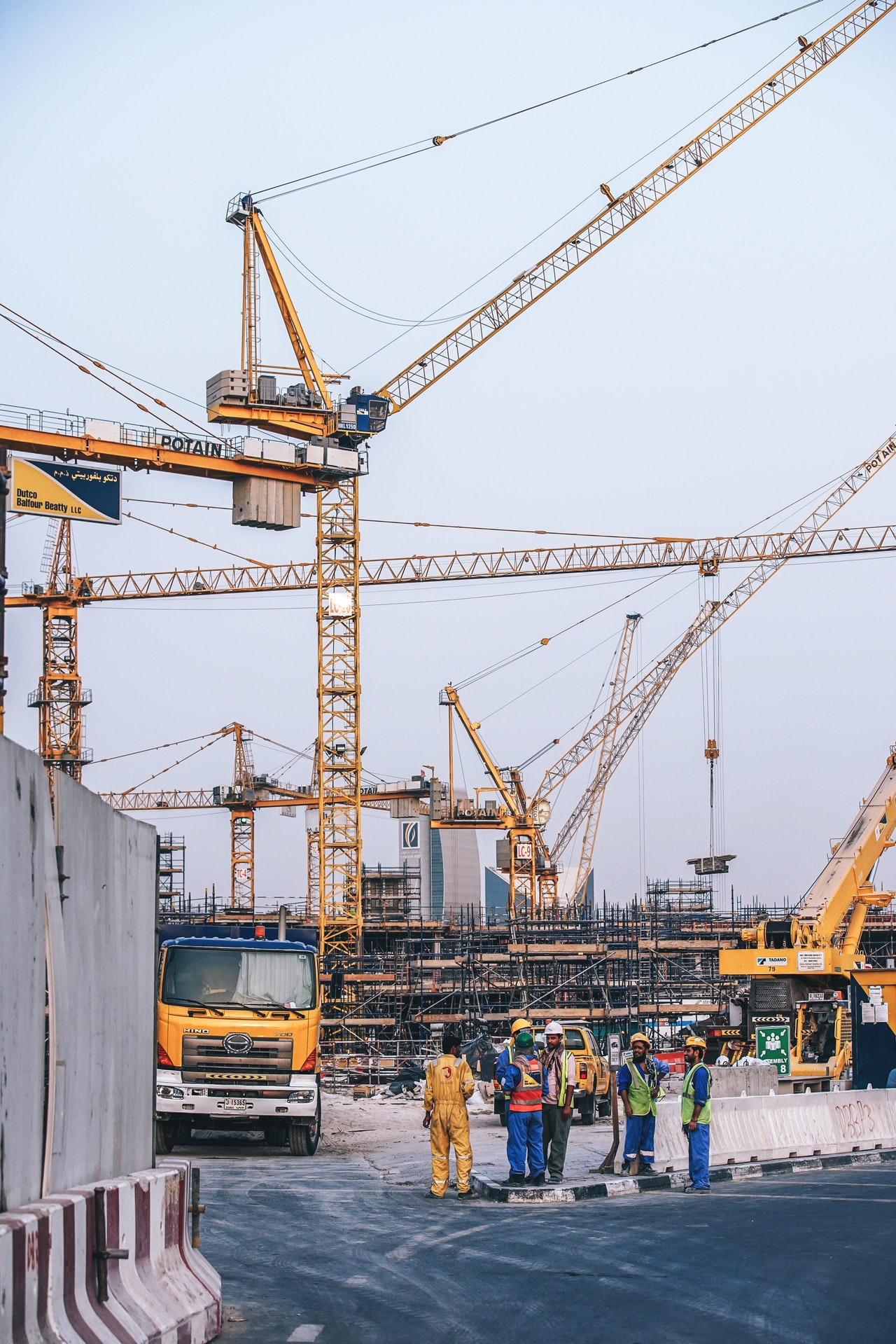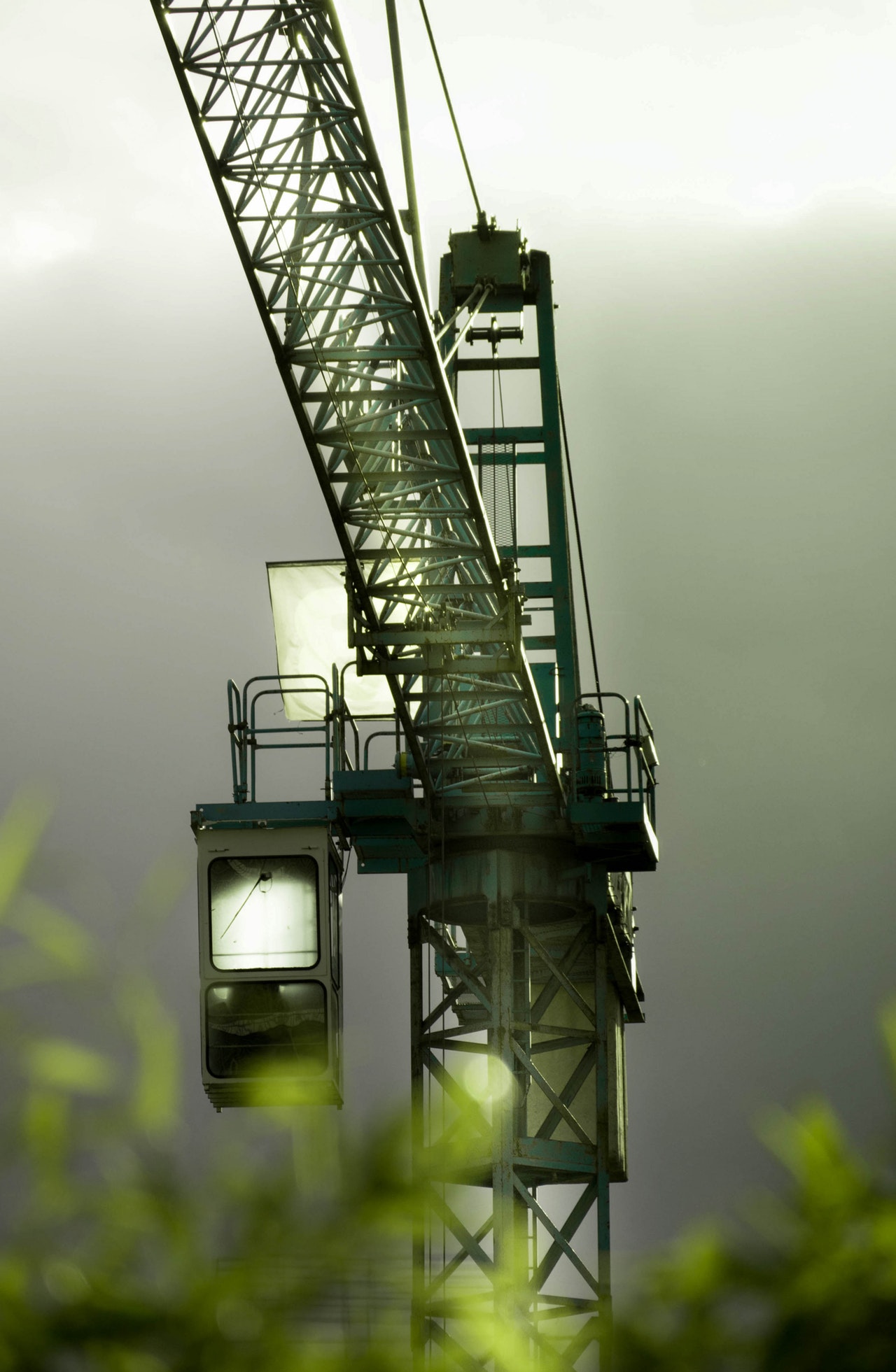
Technology has made using cranes safer than ever, but there’s only so much the right tools can do. Most of the responsibility still lies in how they are operated. There are lots of things that can go wrong if you don’t know what you’re doing. Here are some of the most important things to watch out for.
1. The organization
Organization is the heart of the whole process. Good coordination is what it takes to avoid any accidents, which is why it’s important to have someone at the head of the operation. This person is called the lift director. Before getting anything off the ground you have to assign a lift director. They bear the brunt of the responsibility for the crane lift and they have to keep everything in check.
As the lift director, he or she has to be able to provide the necessary directions to anyone on the project, including the crane operator. They have to provide answers for any questions regarding the lift and reassure everyone that safety precautions have been taken. Most of the time, the lift director is responsible for any successful crane lifts, but their primary role is making sure every person working and every piece of equipment is safe.

2. A dedicated spotter
The actual process of lifting is the next thing you should focus on. When it comes to getting cranes to lift things, increasing spatial awareness should be one of your primary goals. For starters, get yourself a dedicated spotter. This person will be your eyes and ears during the project, but they will mostly be your eyes. It’s not just about the movement of the crane and load, it’s also about anything that can get in the way of them.
The crane operator has to know if they have a spotter underneath them. Without a spotter, you will risk harming more than just the heavy load being transported, there’s significant risk involved for other workers and structures. If there is no spotter and the crane operator’s vision is obscured in some areas, you must come up with another way to assist them.

3. Proper equipment
The lift director doesn’t just organize the lift in question, they also make key decisions when it comes to the equipment being used for the process. Every worker has to have personal protective equipment on them. Companies like OSHA in the United States have strict requirements on the quality of equipment used on all job sites. This equipment works to reduce worker exposure to hazards in the job site, and lifting with cranes exposes them to a lot of hazards.
The most important piece of equipment during a crane lift is the crane itself. If there’s anything you shouldn’t cut corners on, it’s the crane. Not every construction company has the highest quality cranes on disposal, which is why some opt to use the services of companies such as Advance cranes to hire a crane. Whatever your source, you should make sure it’s the best choice you can get.

4. Hazards exist
Every kind of risk on the job site has to be recognized and taken care of. Explain to your workers all the different things that can go wrong and guide them towards reducing the risks involved. The first thing that comes to mind is the crane failing and dropping its load. This isn’t the most common type of risk on the job site, but it’s still important to never have anyone below the load.
Other kinds of risks include problems with terrain and environment. Cranes weigh many tons and if the ground isn’t stable, it might sink or tip to one side and cause injury. The load might not directly harm anyone, but shrapnel is a real risk. It can destroy a structure or anything on the ground, causing pieces of those things to spread far and wide while moving at incredible speed. It’s a recipe for worker injury. This is part of why you need to equip your workers with proper safety gear. Exposure to fumes from equipment also needs to be taken care of.
Conclusion
Having an important project underway sometimes gets people in a hurry. Lifting things with a crane is one place you have to be patient. Things can go wrong fast and you don’t want to file workers’ compensation claims. With this in mind, follow these steps and you’ll be on your way to have a safer work environment.
About the author

Liam Smith is a young and aspiring Australian blogger with a passion for everything related to home, design and lifestyle. He has a B.Sc. in Interior design and is an avid reader.
https://twitter.com/LiamSmith2034
https://www.linkedin.com/in/liamsmith2034
https://twitter.com/LiamSmith2034
https://www.linkedin.com/in/liamsmith2034